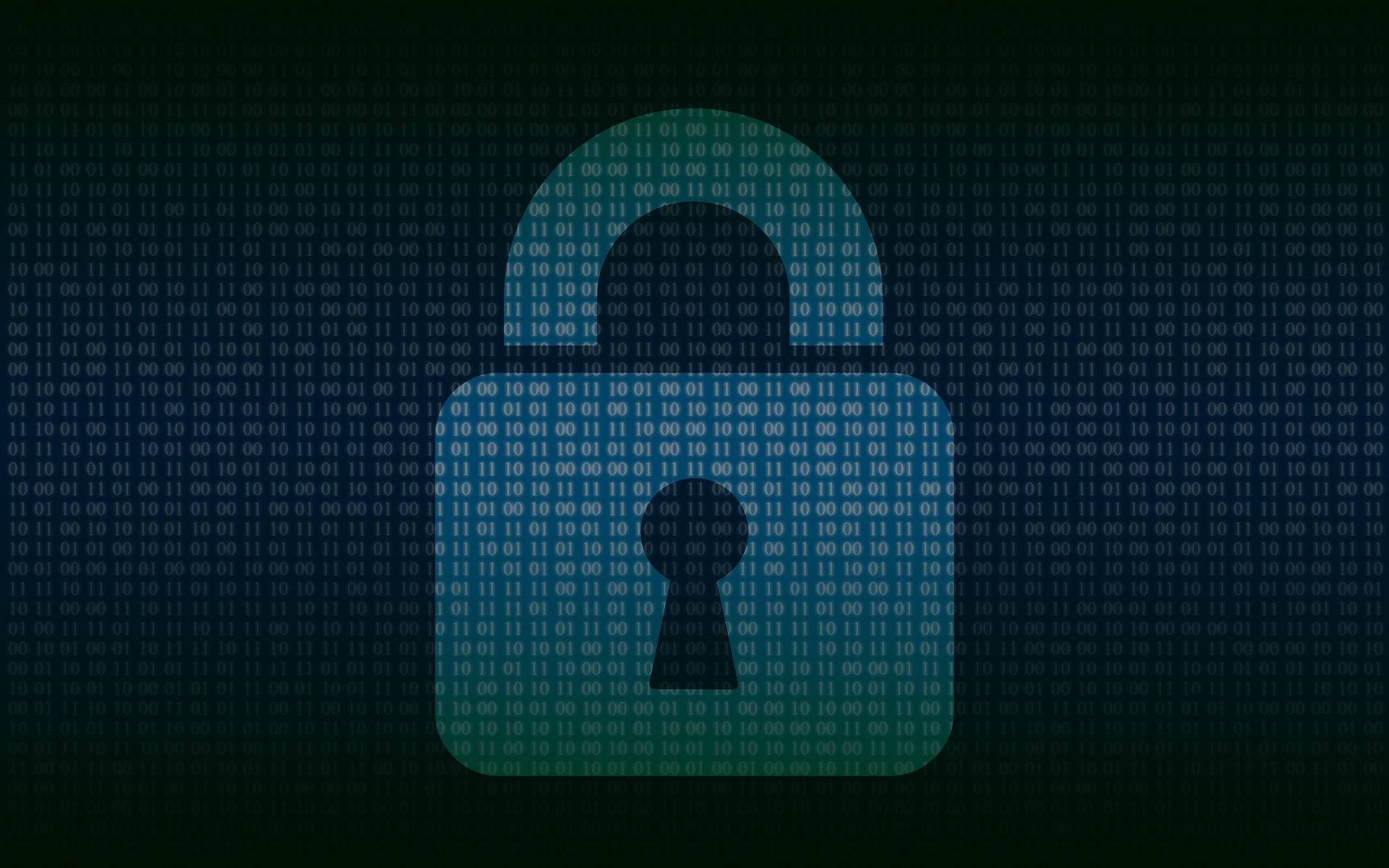

Data theft is a huge problem on the internet. Many people won’t run JavaScript on their computers to avoid security breaches, but for those in the know, it’s possible to steal data using a cascading style sheet (CSS). It’s not easy and a hacker has to be very motivated to write tens of thousands of lines of format to steal a small quantity of data, but it is possible.
When it comes to personal data, some hackers are very motivated. When someone knows a lot about your real self and your personal details, that person has an incredible amount of control. Let’s say you post something that others don’t like online; those who know your real address can decide to take action. The process of collecting that information through malicious means is called doxxing.
Anyone can use doxxing attacks to gather information about you and then launch attacks – such as prank-calling the SWAT team using your address – as a retaliation. This is something that the online streaming community has been experiencing lately. Victims suffer more than just embarrassment in many cases. That is a big reason why people choose to use a VPN to USA traffic so they can disguise their real location.
There are several ways doxxing attacks can be launched, starting with the most basic one: IP logging. IP logging is essentially sending a script or a malicious code to get your real IP address. That IP address reveals a lot about who you are, including your location and the device you use to connect to the internet. Wi-Fi or packet sniffing is another attack method that is quite common, especially with public Wi-Fi networks. Lastly, attackers can choose to analyze your internet traffic, your browsing history, and the files you send, such as photos you post on Facebook. Photos and files may have data such as GPS location still embedded.
Use an Encrypted Network
We know how dangerous doxxing can be, especially when the information is used to launch additional attacks. Now, it is time to take a look at how you can protect yourself from doxxing, the first one being using an encrypted network whenever you go online, especially when using public Wi-Fi networks.
Packet sniffing in public Wi-Fi networks is becoming more common. As we rely more on free public Wi-Fi networks, attackers started seeing these unsecured networks as valuable sources of information. When packets are exposed, your personal details and even passwords are at risk.
Using a VPN means encrypting traffic to and from servers you want to access. Even when attackers are able to sniff your packets and steal them, they will not be able to read the information in each packet or steal your personal details.
Secure Your Devices
Another way attackers can gain access to your personal details is by adding scripts and malware to your devices. The scripts can come in the form of an email attachment, a lucrative digital coupon, or software from an unknown developer.
Securing your devices is a two-step thing. First, you want to make sure that you start with a clean device. Make sure you use the latest anti-malware and anti-virus to remove any existing scripts lurking from behind legitimate files.
Once you have completed this step, you can continue by adding a firewall and other security measures. This prevents scripts and malware from infecting your devices again, protecting you from future attacks.
Mind Your VPN
Of course, you also have to be careful with the services you use. This brings us back to the VPN service that you can use to secure your browsing activity. Don’t just use any free VPN service because they may end up logging your personal details as well.
When the VPN service gathers information, you are more exposed than ever. Doxxing attacks are launched directly to the victim using a free service as bait. This technique is also called honey potting and is notoriously effective in collecting information.
Instead, make sure you turn to a reliable VPN service with a good reputation. Check if you can use a private encryption key and whether the service provider enforces a no-logging policy seriously. This is the only way you can stay protected.
Trusted Sites Only
Next, make sure you visit trusted websites only, especially if you are sharing private information such as your home address. Unsecured sites leave your traffic open with no encryption or security measures. Attackers can still tap into the backbone of the servers and steal information this way.
Trusted sites, on the other hand, takes extra steps to make sure that you – their users – are protected at all times. Look for a valid SSL certificate by clicking on the padlock icon on the address bar to verify the site’s security.
Rotate Your Passwords
Last but certainly not least, beware of those who try to steal your passwords. Gaining access to an email account usually leads to gaining access to social media, forums, and even financial accounts. This can potentially be very dangerous.
The reason why password theft still happens is that the victims don’t use strong passwords. Passwords that are easy to guess based on things like your hobby or the name of your first dog are to be avoided completely.
A solution is using a password manager to generate strong passwords every time. The password manager can also help you change your passwords automatically. Ideally, you want to rotate your passwords every three to six months.
Staying Safe
There is no doubt that doxxing attacks could result in more than just inconveniences. Having your personal details stolen and misused can have severe consequences; it may cause you legal and financial issues if you are not careful. Make sure you take extra steps to stay safe and protect yourself from doxxing.
